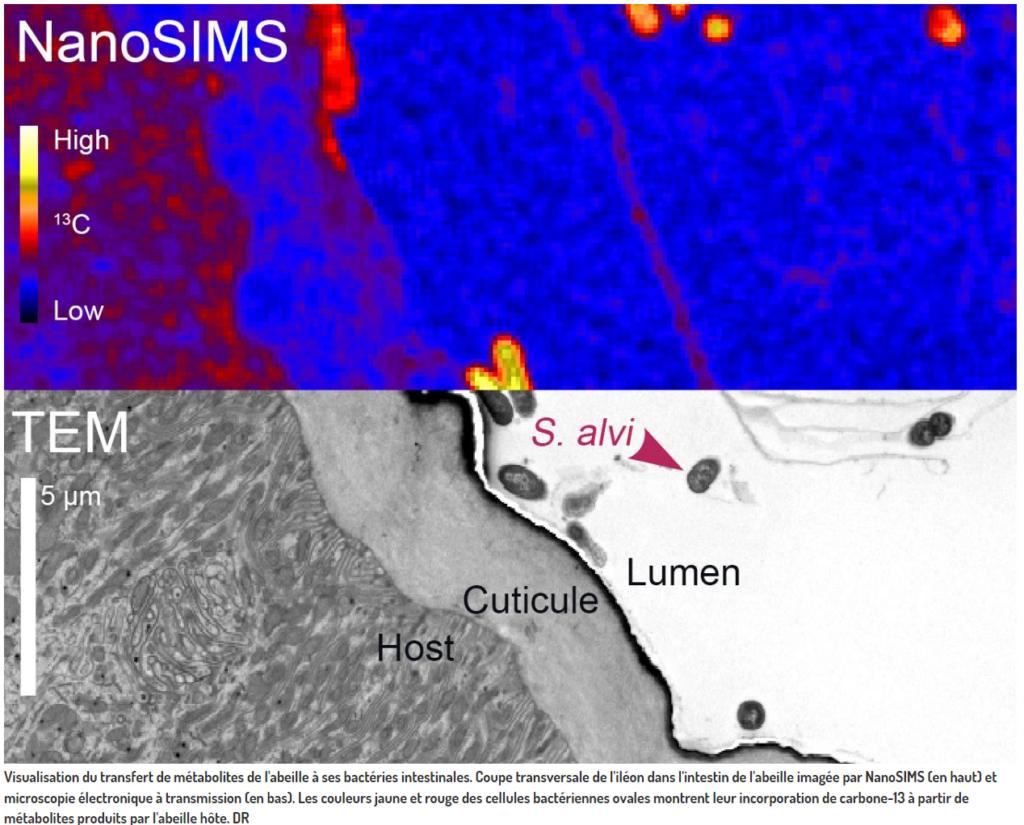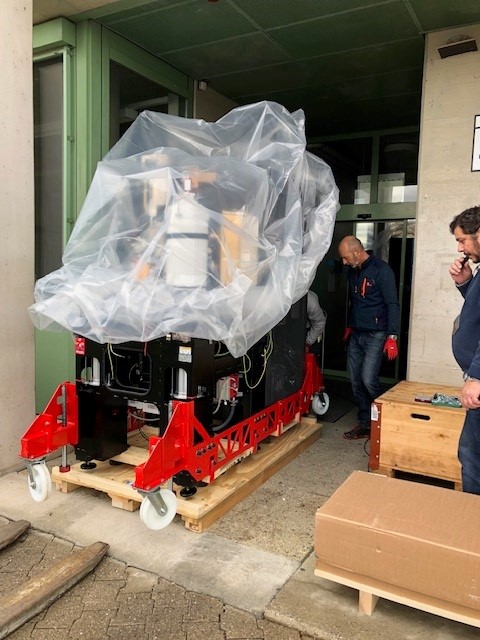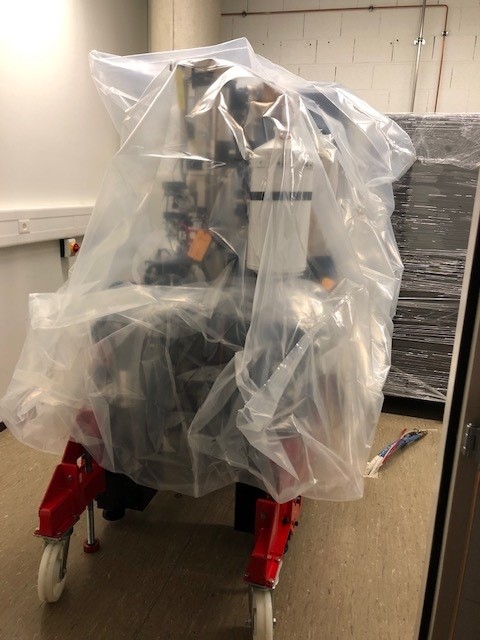
When the EMF helps to visualize the microbiome of bees…
We are proud to have contributed to the this study published in « Nature Microbiology ». Jean Daraspe has received the bee guts and prepare them for EM and NanoSIMs. Then he took TEM images of fields of view where the bacteriae are visible in gut before giving the samples to the group of A Meibom that has performed NanoSIMS on them… Many thanks to the group of Pr Engel to recognize the contribution of the EMF to this study and Congratulations for this pioneered work!

It made it to CQFD on the RTS radio for the francophones!





